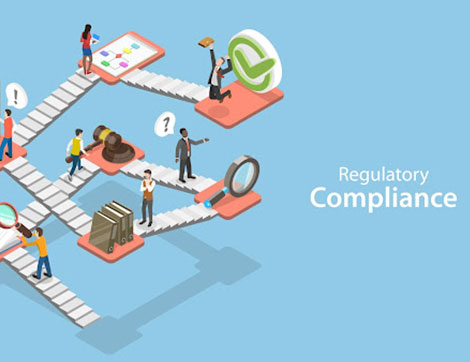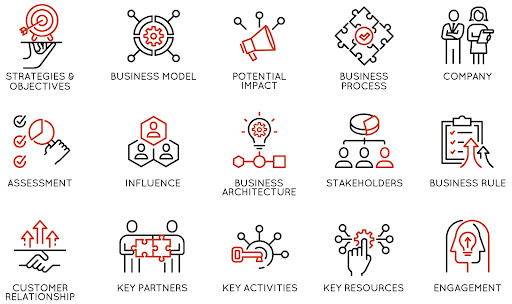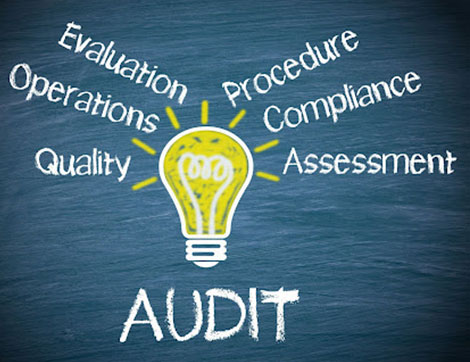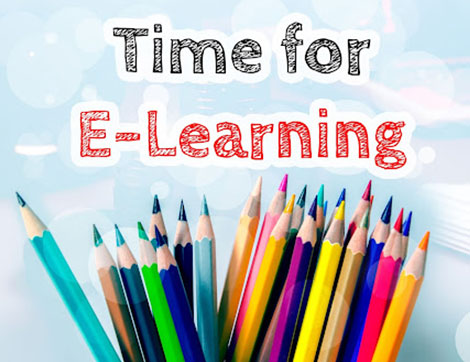The vocational education and training (VET) sector has undergone significant changes in recent years. There has been a move away from traditional classroom-based teaching to more experiential, hands-on learning. This shift has brought with it a number of challenges but also some important lessons that can be applied more broadly.
One of the biggest challenges in the VET sector is engaging and retaining students. With so many competing demands on their time, it can be difficult to keep students motivated and interested in their studies.
It is no secret that the vocational education and training (VET) sector in Australia faces a number of challenges when it comes to engaging and retaining students.
There are a number of reasons why students may be reluctant to enter or stay in the VET sector, including perceived low quality, a lack of relevance to their future career plans, and negative experiences with previous training providers.
However, it is vital that the VET sector is able to attract and retain students, as it plays an important role in providing the skilled workforce that Australia needs.
How the training organisation can engage and retain their students
One way to overcome this challenge is to make learning as relevant and applicable to real-world situations as possible. This means utilising work placements, industry partnerships, and other experiential learning opportunities. This means providing students with opportunities to learn skills that are in demand by employers and giving them a better understanding of how those skills can be used in the real world. Of course, this is easier said than done. It requires a significant amount of collaboration between VET providers and industry partners. But it is essential if we want to improve student engagement and retention in the VET sector.
There are a number of other strategies that can be used to engage and retain students in the VET sector. These include:
- Improving the quality of vocational education and training
- Providing high quality, relevant and engaging course content
- Making vocational education and training more relevant to students’ future career plans
- Improving the experiences of students with previous vocational education and training providers
- Offering flexible study options, including offering flexible delivery modes that cater to different learning styles
- Creating a supportive and inclusive learning environment
- Using technology to enhance the learning experience
- Encouraging student involvement in extracurricular activities
- Providing financial incentives for students to enter and stay in the VET sector
- Assessing students in a way that is meaningful and relevant to them
- Encouraging active and collaborative learning
The role of the Australian Government
The Australian Government is committed to improving the quality of vocational education and training, and has invested significant funding into the sector in recent years. This includes the establishment of a new national quality framework, which sets minimum standards for all VET providers.
The government has also introduced a number of initiatives to make VET more relevant to students’ future career plans. These include the launch of the MySkills website, which provides information on courses and careers, and the introduction of a new star rating system for VET courses.
The government is also working to improve the experiences of students with previous vocational education and training providers. This includes the development of a new online complaints system, which will make it easier for students to lodge complaints about their training provider.
In addition, the government is providing financial incentives for students to enter and stay in the VET sector. These include initiatives such as the VET Student Loans https://www.studyassist.gov.au/vet-student-loans, which provides loans for eligible students undertaking approved VET courses.
The Australian Government is committed to improving the quality of vocational education and training and is taking action to make VET more relevant to students’ future career plans. These initiatives will help to ensure that the VET sector can attract and retain the students it needs to provide the skilled workforce that Australia needs.
What more should be done by Governments
There is no one silver bullet solution to the problem of engaging and retaining students in the vocational education and training (VET) sector. However, there are a number of things that governments could do to improve the situation.
Firstly, they could provide more funding for VET programs and institutions. This would allow VET providers to offer more attractive courses and facilities, which would in turn make VET a more appealing option for students.
Secondly, governments could work with industry bodies to ensure that VET courses are closely aligned with the needs of employers. This would make it more likely that students who complete VET courses will be able to find employment in their chosen field.
Finally, governments could do more to raise awareness of the benefits of VET among both parents and students. Many parents still see VET as a second-best option, and this needs to change. Similarly, many students are not aware of the wide range of options that are available to them through VET.
By taking these measures, governments can help to make VET a more attractive and viable option for students across Australia.





















